Sodium thioglycolate, also known as sodium mercaptoacetate, is an organic compound with the chemical formula NaHSCH2COO. Here’s a brief description:
- Chemical Structure: Sodium thioglycolate consists of a sodium cation (Na+) and the thioglycolate anion (-SCH2COO-).
- Physical Properties:
- Appearance: Sodium thioglycolate is typically a white crystalline solid or powder.
- Solubility: It is highly soluble in water.
- Synthesis: Sodium thioglycolate can be synthesized through the reaction of chloroacetic acid with sodium sulfide or sodium hydroxide, followed by purification.
- Applications:
- Chemical Intermediate: Sodium thioglycolate is primarily used as a chemical intermediate in various organic synthesis reactions, including the production of thioglycolic acid, which is widely used in the cosmetic and textile industries.
- Depilatory Agent: It is commonly used in hair removal products due to its ability to break disulfide bonds in hair proteins, thereby weakening the hair structure and facilitating hair removal.
- Metal Recovery: Sodium thioglycolate is used in the mining industry as a depressant in the flotation process to selectively separate minerals from ores.
- Chemical Peeling: It is also used in dermatology as a chemical peeling agent to exfoliate the skin and treat various skin conditions.
- Health and Safety Considerations:
- Sodium thioglycolate can cause irritation to the skin, eyes, and respiratory tract upon contact or inhalation.
- Prolonged or repeated exposure may cause adverse health effects.
- Adequate ventilation and proper personal protective equipment (PPE), such as gloves and goggles, should be used when handling sodium thioglycolate.
- Environmental Impact:
- Sodium thioglycolate may have environmental implications if released into the environment. It can contribute to water pollution if improperly disposed of or if spills occur.
- Proper handling, storage, and disposal practices should be followed to minimize environmental contamination.

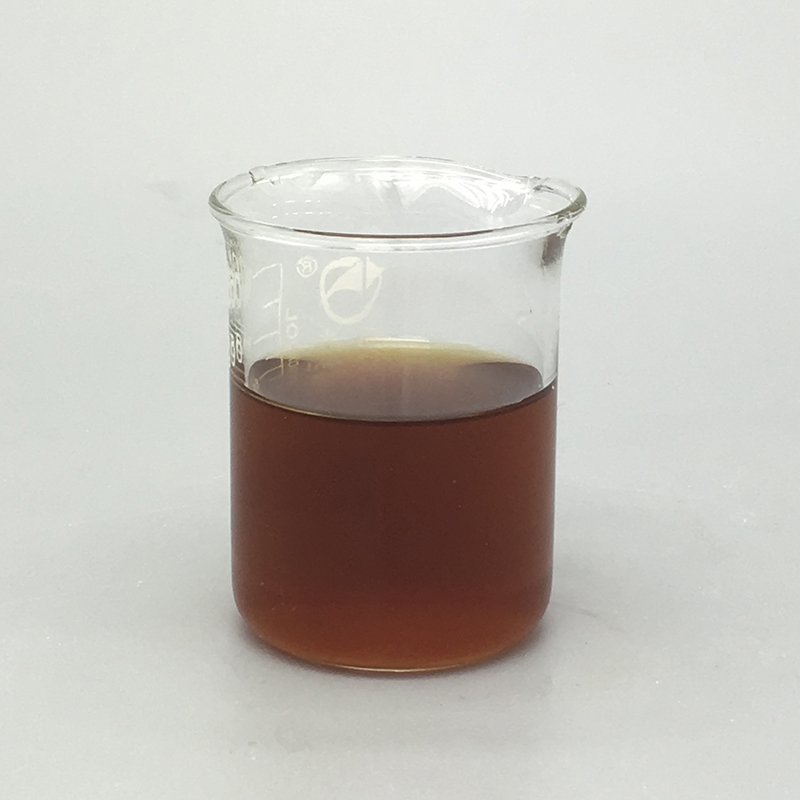


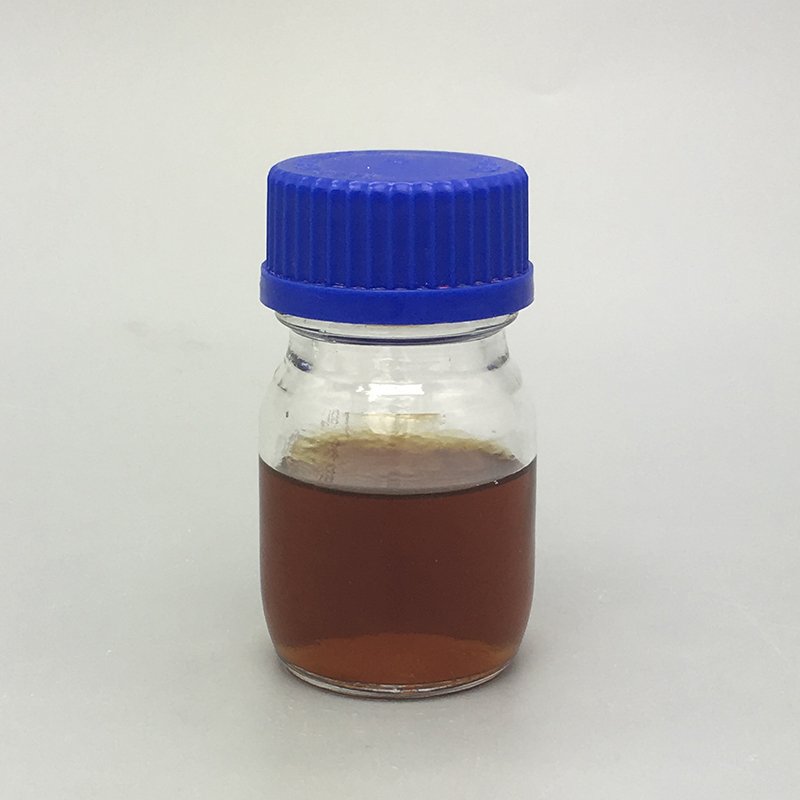
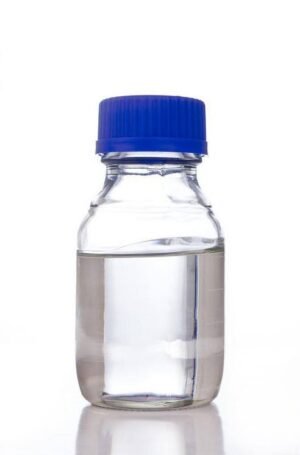
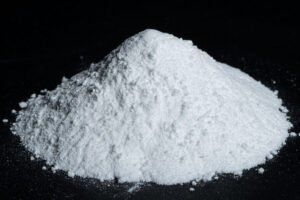

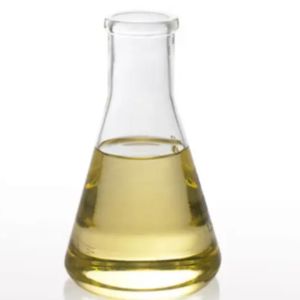

Reviews
There are no reviews yet.